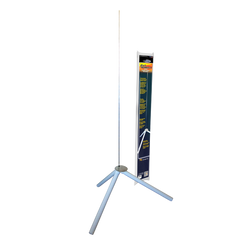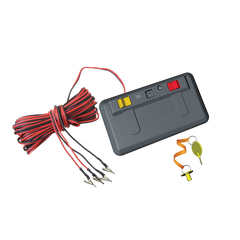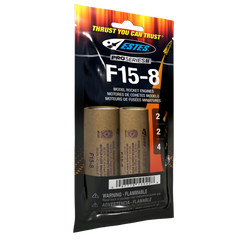After a week estes finally responded to my queries. They basically ignored everything I asked about except to confirm that the thing they marketed as a 'kit' and a 'flying rocket', both are incorrect. It's just one part of a kit, and the rocket won't fly unless you buy other parts. They did not care that I had a non-functioning product and simply recommended I buy more of their products. Their response and the time it took to receive it made me not interested in working with them further (since it's clearly intentional that they market these things other than what they are). Unethical and scammish. Why not just clearly label something as a rocket-body vs a kit? why market it as flying when it can't fly without buying other stuff from them? it's not like AA batteries which everybody has lying around. clearly intentional and scammy.





